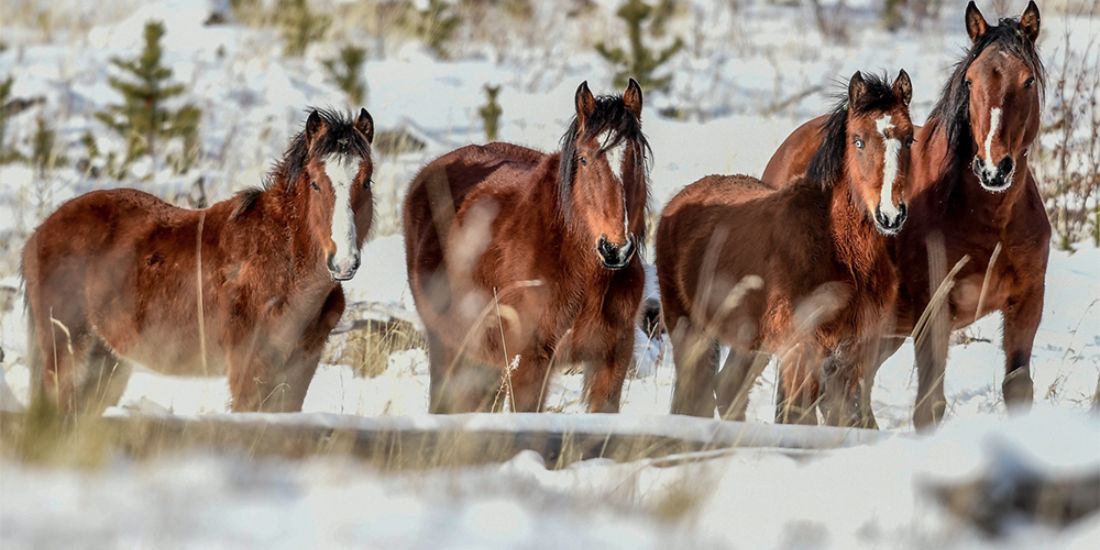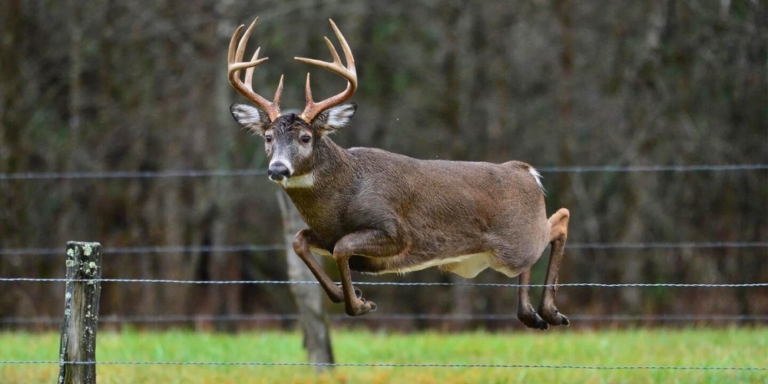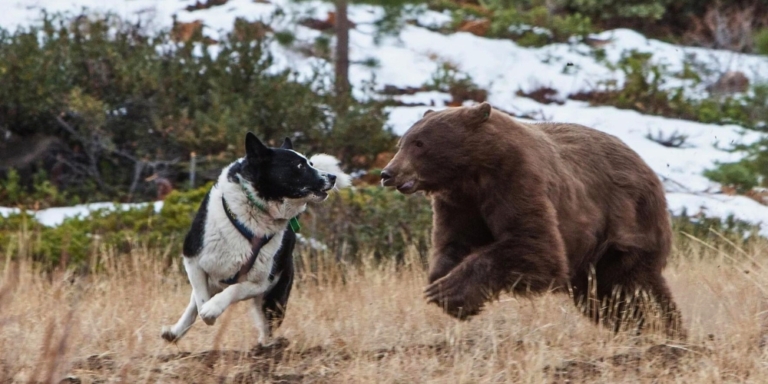
A wild horse gallops across the horizon as the sun rises over the foothills. The beautiful creature releases a powerful bray as the wind flows through its untamed mane. If you’ve ever watched an episode of Heartland, you’ve seen the shot.
It’s a perfect advertisement for living free in Alberta!
Wild horses have represented strength, endurance, and, most importantly, freedom in our province for years.
But what if we told you that our country’s and province’s wild horses are anything but free?
Canada is the second-largest country globally, but across our almost ten million square kilometres, fewer than 5,000 wild horses remain.
Wayne McCrory, a wildlife biologist and author of The Wild Horses of Chilcotin: Their History and Future, claims that very few Canadians know this.
Horses at Risk
Since Alberta became a province, wild horses have been the victims of government-sanctioned bounty hunts and culls.
The story isn’t much different today. BC and Alberta are home to most of Canada’s remaining wild horses.
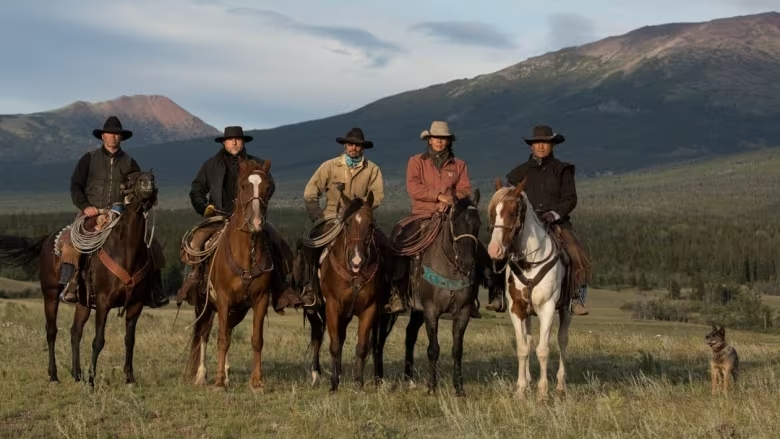
BC’s Chilcotin plateau is home to an estimated 2,800 wild horses. A quarter of these wild horses are protected and managed in a preserve overseen by the Xeni Gwet’in First Nations.
Another 1,400 wild horses are found in Wild Rose Country, but the provincial and federal governments don’t protect the wild horses in Alberta.
Hundreds of animals are protected under Canada’s Species at Risk Act (SARA), a list of animals protected by law.
Even though their herds have shrunk to critical levels, wild horses aren’t on that list.
In contrast, Peary Caribou is protected under the SARA. There are more than 13,000 mature Peary Caribou in Canada, but less than 5,000 wild horses.
Hmmm.
Since the 1950s, our province’s strategy for managing wild horses has primarily been culls and the selective slaughter of these wild animals.
For example, about 1,200 wild horses lived on Canadian Forces Base Suffield near Medicine Hat in 1994.
The wild horses were “removed” from the area by the Department of National Defense due to exaggerated claims of ecological damage. Most of these horses were sent to slaughter.
What Came First? The Horse or the Conquistadors?
Part of the reason Canadian wild horses don’t get the legal protection of other threatened species is disputes over history and science.
Many of our wild horses belonged to the Indigenous “Horse Nations,” who brought the animals to the grasslands in the 1600s.

But horses’ ancestry in North America dates even further back.
Some believe Canadian horses descend from horses introduced by Spanish conquerors in the 1500s and eventually European explorers, too.
Indigenous Peoples, such as the Stoney Nakoda, believe horses were always present in Canada long before the Europeans arrived.
So, which is it?
Fossil bones of two species of horses dating back to the Ice Age were recently found in the BC Interior close to the Chilcotin plateau.
Before they went extinct on our continent 5,000 years ago, these horse ancestor species crossed the Bering Strait Land Bridge to reach Eurasia.
The horses were domesticated in Eurasia and reintroduced to North America by Spanish and European explorers.
Today’s wild horses are descendants of domesticated horses that escaped or were abandoned by explorers.
Long story short, the horse came before the settler.
As a result, some scientists believe wild horses should be considered a returned native species, not a non-native species.
A Symbol Of Freedom
Why is protecting wild horses important?
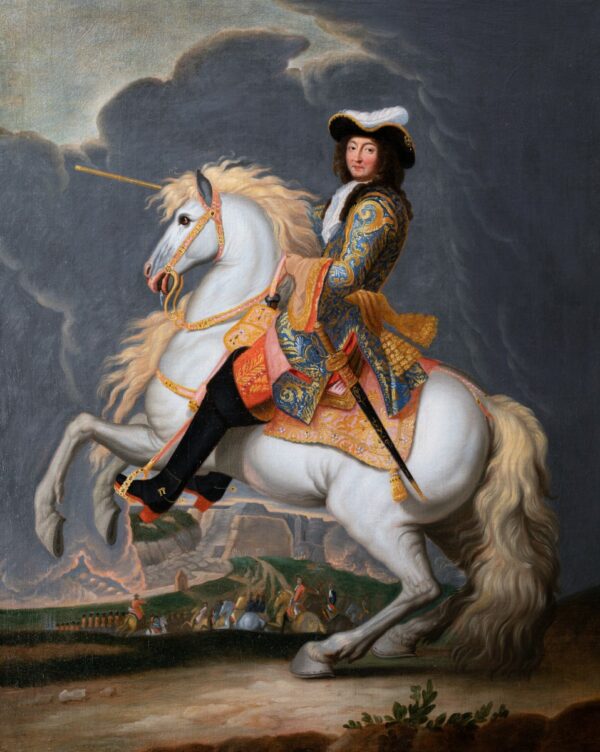
Ranchers often think of wild horses as harmful pests, claiming they overpopulate and degrade grasslands. However, many cattle ranchers fail to regulate their cattle’s grazing effectively, leading to significant damage to native grasslands.
Unlike domestic cattle on overgrazed grasslands, wild horses are treated like invasive species.
Why is this?
McCrory believes cattle ranchers and government range managers are to blame.
Once settlers began to live in grasslands, they claimed wild horses ruined the range for their cattle.
In 1896, the BC government passed the Act for the Eradication of Wild Horses. The Act allowed any person licensed by the government to hunt wild horses.
Bounty hunters, called mustangers, delivered the scalps or severed testicles of wild horses to get their reward from the government.
McCrory believes the cattle industry labels wild horses as pests to cover up the truth.
During his research as an ecologist in west Chilcotin, McCrory saw no evidence that wild horses were overpopulating or destroying the area’s grasslands.
That’s when it clicked for him; wild horses were the victims of scapegoating.
McCrory claims historical documents and studies prove that the cattle industry’s cattle, not wild horses, were responsible for the decline of grasslands.
That’s not to say wild horses can’t damage the environment. Wild horses can cause soil erosion, overgrazing, and trampling without a proper management strategy.
But now, with a better understanding of impacts, is the slaughter of wild horses the best approach going forward?
The Xeni Gwet’in First Nations preserve proves that the wild horse population can be managed humanely, and effectively.
Wild horses are symbols of Albertan freedom, yet we monitor and control their populations.
These animals don’t have a voice to protect themselves, so it’s our responsibility to speak for them.
If wild horses are meant to represent proud Albertan freedom, they first need to be free.
